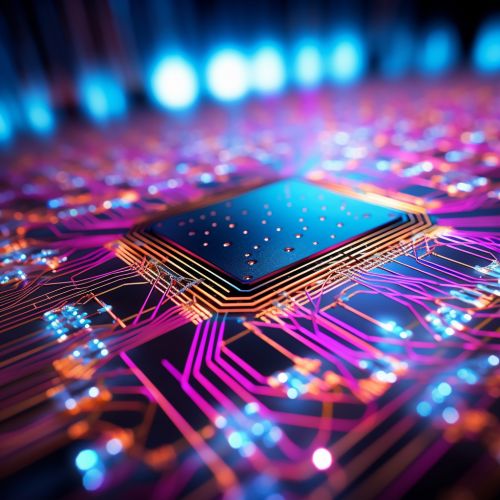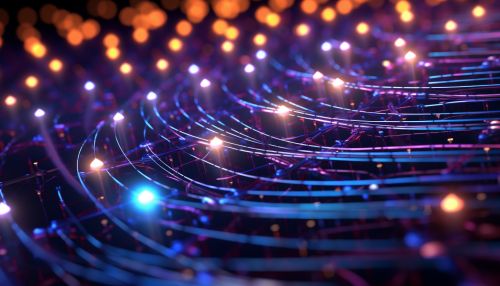Nanofluidics
Introduction
Nanofluidics is the study and application of fluid flow in and around nanoscale objects. It is a branch of microfluidics, with the key difference being that the fluids are confined to structures with dimensions typically below 100 nanometers. Nanofluidics has emerged as a distinct field due to the unique properties and behaviors of fluids at the nanoscale, which are not observed in larger scale systems.


Fundamental Principles
The fundamental principles of nanofluidics are rooted in physics, chemistry, and nanotechnology. At the nanoscale, the behavior of fluids can be significantly different from their behavior at the macro scale due to the dominance of surface forces over volumetric forces, the importance of quantum effects, and the large surface area to volume ratio.
Surface Forces
In nanofluidics, surface forces such as van der Waals forces and electrostatic forces become significant due to the small size of the system. These forces can cause the fluid to adhere to the walls of the nanochannels, affecting the flow rate and pressure drop.
Quantum Effects
Quantum effects also play a crucial role in nanofluidics. For example, quantum tunneling can occur, where particles pass through barriers that they would not be able to overcome in larger scale systems. This can have significant implications for the design and operation of nanofluidic devices.
Surface Area to Volume Ratio
The large surface area to volume ratio in nanofluidic systems can lead to enhanced heat and mass transfer, making nanofluidic devices highly efficient for applications such as chemical reactions and heat transfer.
Applications
Nanofluidics has a wide range of applications in various fields such as biotechnology, medicine, energy production, and environmental science.
Biotechnology and Medicine
In biotechnology and medicine, nanofluidics is used for DNA sequencing, drug delivery, and cellular analysis. For instance, nanofluidic devices can be used to manipulate and analyze single molecules of DNA, providing high-resolution genetic information. In drug delivery, nanofluidic devices can be used to precisely control the release of drugs, improving the effectiveness of treatments.
Energy Production
In energy production, nanofluidic devices can be used for efficient fuel cell design and operation. The large surface area to volume ratio in nanofluidic systems can enhance the performance of fuel cells by improving the transport of reactants and products.
Environmental Science
In environmental science, nanofluidic devices can be used for water purification and desalination. The small size of the nanochannels can filter out impurities and salts, providing clean water.
Future Directions
The field of nanofluidics is still in its early stages, and there are many exciting possibilities for future research and development. One area of interest is the development of nanofluidic devices for energy storage, such as batteries and supercapacitors. Another area of interest is the use of nanofluidics for environmental monitoring, such as the detection of pollutants in water and air.
